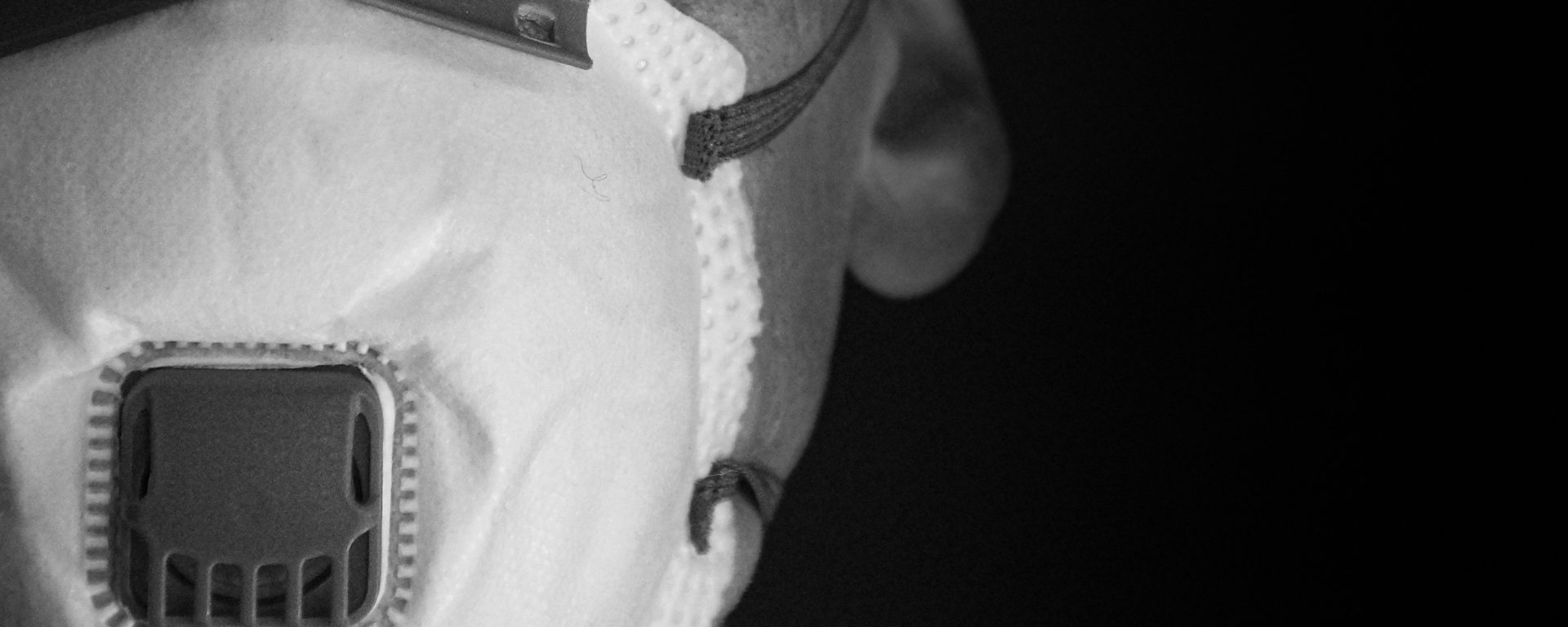If you’re a registered nurse who’s on the lookout for ways to advance your career, you’re probably considering what a Master of Science in Nursing (MSN) can do for you. You should know that an MSN leads to the potential for advancement in many areas of nursing, including clinical specialist roles, as well as leadership opportunities in health policy, education, research, and management. Among these options, becoming a leader in community and public health nursing is one of the most visionary.
The National Academy of Medicine published a study titled, The Future of Nursing 2020-2030, which emphasizes three key health areas the Academy feels should be prioritized in the U.S. throughout this decade. Those three areas are: creating a culture of health, reducing health disparities, and improving the health of the population. This study recognizes that it would be a step backwards to ignore the swift and lasting impact that COVID-19 made on the health of communities across America in 2020. The future of nursing should embrace and capture this new consciousness. Lucky for RNs looking for opportunities, there is indeed support for a sustained focus on community health. Those community partnerships and public health programs that were fostered during the pandemic need educated leaders to strengthen them and continue the incredible work that has just begun.
In the USA, community and public health nursing operate on the principle that everyone deserves access to health services. The American Public Health Association summarizes the definition of public health nursing beautifully in this heavily sourced report, “Public health nurses provide leadership for emerging advances in population health and health care — particularly in terms of addressing health inequities.” This might leave you wondering, how does the public health nurse satisfy every inequity? How do they reach “everyone”? It’s a big, challenging question, which sparks a discussion about access.
The community health nurse role focuses on bringing healthcare access to population groups who may be economically, geographically, physically, or otherwise disadvantaged. Though these populations might not have a major hospital in their neighborhood, they probably have access to at least one of the following community institutions:
- Community health centers
- Schools
- Correctional facilities
- Religious institutions
- County, state, and federal departments of health
- Non-government aid organizations
A community health nurse may work in one of these institutions. For example, a quick visit to the Association of Public Health Nurses career board shows open roles in government facilities, local departments of health and human services, and visiting nurse services.
Also due to the pandemic, the role of a community and public health nurse might be more familiar to the general public than in recent years past. This means that the work of a public health nurse is met with a receptive attitude from community leaders, which is important in the groundbreaking steps of any community health project. The Center for Disease Control and Prevention (CDC) explains that this groundwork is called a community health assessment (CHA). This is a systemic approach to identifying key areas of need for a population. For example, the first important question a CHA may ask is, “What is the health need being addressed?” The answer could be STD prevention, nutrition education, or a smoking cessation project, for example. The next question is more challenging and asks, “What resources are available, and what will it take to get them?” This includes budgetary funds or community partnerships that may result in charitable contributions or another method of cost-sharing. Each point of analysis must also inquire, “What unique sensitivities does this community possess?” The positioning of any cultural, political, or religious institution will most certainly influence the tone of the community health nurses’ program delivery method. When launching a program for any population, community and public health nurses understand that their potential for success is built off the answers to questions like these. Community health programs must be individualized for the communities they intend on addressing.
Community and public health nurses rely on both the lessons learned from classroom coursework, as well as hands-on experience gained during their MSN education program. A program with significant opportunities for real-life experience can lead to eligibility for more advanced leadership positions with higher salaries and increased responsibilities. Many aspiring public health nurses find that a flexible study program and career-focused curriculum help them keep their priorities in balance. For instance, working while studying towards an MSN is a smart choice that has long-term benefits. Continuing to make money while investing in a valuable education with a competitive tuition rate (compared to CT area private non-profit colleges), means you can feel confident that your financial future will be in great shape well before you land your first community health dream job.
To find out more about Goodwin University’s MSN program and how you can begin your journey into leadership roles in community and public health nursing, visit us online or call 800-889-3282. This is a field where you’re certain to make a difference in peoples’ lives day in and day out. Don’t hesitate to get started today!
Goodwin University is a nonprofit institution of higher education and is accredited by the New England Commission of Higher Education (NECHE), formerly known as the New England Association of Schools and Colleges (NEASC). Goodwin University was founded in 1999, with the goal of serving a diverse student population with career-focused degree programs that lead to strong employment outcomes.

